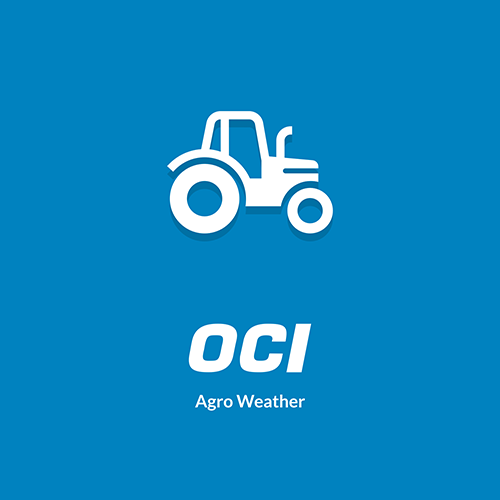Soil
Home > Soil > The soil analysis > Organic matter content
Organic matter content
Organic matter plays a key part in maintaining soil quality and affects chemical, physical and biological soil parameters.

Organic matter content is therefore a regular part of soil analysis. Whether potassium fertilisation and liming are required is partly determined by the organic matter content. The reason is that organic matter buffers the nutrients in the soil, so that more fertiliser is required to achieve a higher level of potassium or pH in the soil. Organic matter in the soil affects the amount of moisture, nutrients and air that are available to the plant root. One factor determining the quality of organic matter is the total carbon (C) content. The higher the percentage of C, the older, blacker and more stable the organic matter is. This C-rich organic matter contributes to the soil’s moisture retention capacity but is not a significant food source for soil life.

In arable and vegetable farming, 3% organic matter is desirable (although not always feasible). A value of 4% is recommended for heavier soils. Tillage and weed problems increase when values are too high (5% or more).
As far as grassland is concerned, an organic matter content of 5 to 6% is desirable in the 0 to 10 centimetre layer. But soil type and history also determine what values are achievable. Higher values are not always a good thing because they often relate to very stable organic matter that does not contribute to crop nutrition and can also reduce bearing capacity.
Sources:
Eekeren, N. van en J. Bokhorst (2009). Beoordeling bodemkwaliteit zandgrond: Een inventarisatie van bodemindicatoren in de veehouderij. Rapport nr. LV77. Louis Bolk Instituut, Driebergen. 59 p.
Koopmans, C.J., J. Bokhorst, C. ter Berg en N. van Eekeren (2012). Bodemsignalen. Praktijkgids voor een vruchtbare bodem. Roodbont Uitgeverij, Zutphen. 96 p.


